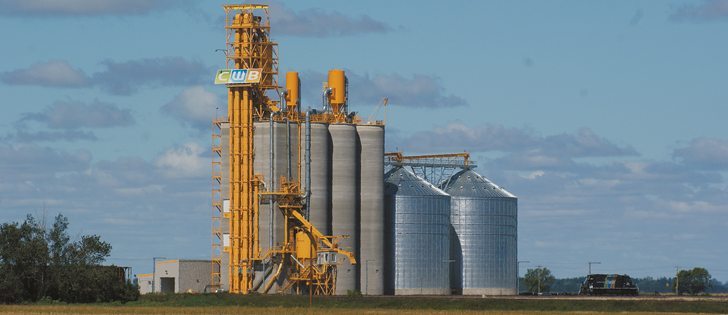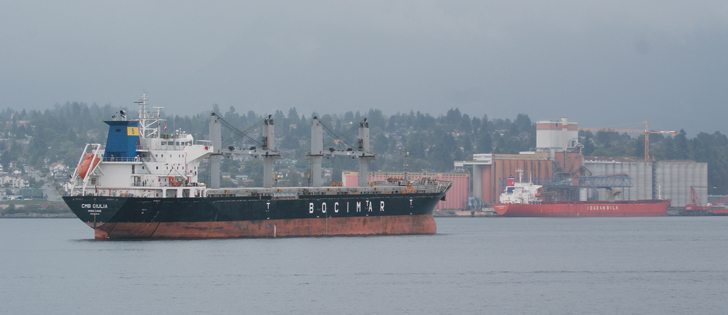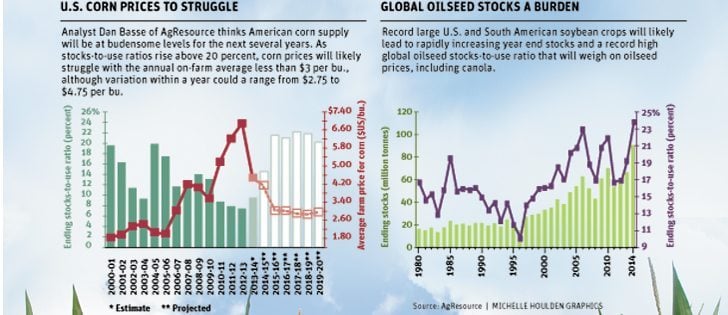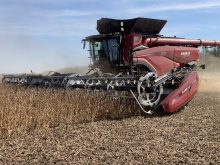Global Grain Group plans to provide a much-improved grain handling option rather than just being a tiny player in the prairie economy, says its chief executive officer.
“It’s a model based on efficiency and a model based on removing as many bottlenecks as we can,” Karl Gerrand said during a Nov. 3 question-and-answer session at the Cereals North American conference in Winnipeg.
“We think the real challenge for Canada in getting grain to export is fixing those train-rail bottlenecks, to get more velocity to the ports.”
Gerrand said that’s why G3 is focusing on building new facilities on the Prairies and at ports rather than buying existing grain handling facilities from other companies.
G3 is building a “loop-to-loop” system that can load 134 rail cars on the Prairies in less than 10 hours, get them to port, unload them in less than six hours and send the same train back to the Prairies for the next load.
That’s better than most existing grain elevators and terminals can do, and that’s where G3’s edge could be.
“We believe the place in the industry for us has to be a unique proposition to the farmer and to the industry and to the rail lines and to the market,” said Gerrand.
“If we’re not unique, it’s going to be very hard for us to compete.”
Allowing faster truck unloading on the Prairies is important.
“We think farmers and truckers are tired of waiting in line to unload,” said Gerrand.
Ditto for railways, which presently have to wait hours for trains and then break them up for unloading at port.
They might favour G3 if it can offer quicker turnaround times on trains, he added.
Gerrand said G3 will also consider buying existing facilities. Its Bunge and CWB assets contain older structures that work well, and other grain companies might have facilities that could fit with what G3 wants to do.
“We’re certainly in the market,” Gerrand said.
However, he said the company is committed to its vision of high-efficiency, which will drive its investment decisions.
Contact ed.white@producer.com
















